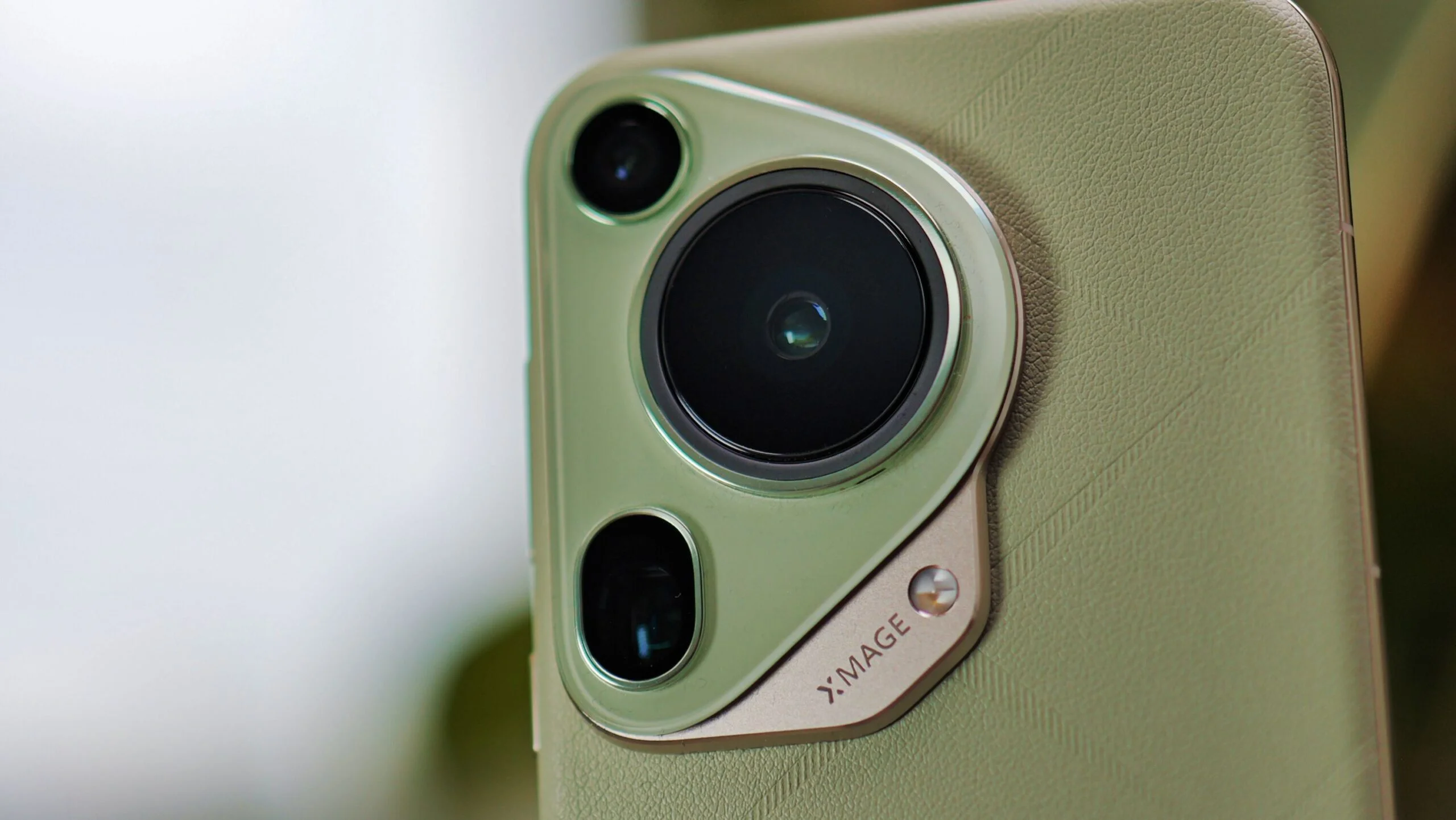The company based in Shenzhen produces the Pura series, which is renowned for its elegant design and sophisticated cameras. In contrast, performance and business features are prioritized in Huawei’s Mate 60 series, which introduced the company back into the high-end smartphone market last year.
After its launch last month, Huawei’s new high-end Pura 70 smartphone series quickly sold out, with analysts praising it as another Apple iPhone rival and providing more evidence of the Chinese company’s resistance to US restrictions.
The company based in Shenzhen produces the Pura series, which is renowned for its elegant design and sophisticated cameras. In contrast, performance and business features are prioritized in Huawei’s Mate 60 series, which introduced the company back into the high-end smartphone market last year.
For Reuters, product teardown reports provider iFixit and TechSearch International, based in the United States, looked inside Huawei Technologies’ Pura 70 Pro. These are the results:
CHIP PROCESSOR
The advanced system-on-chip (SoC) used in the Pura 70 phones is made using a 7 nanometer (nm) N+2 manufacturing process by Chinese chip foundry Semiconductor Manufacturing International Corp (SMIC). The chip’s external markings match those of the older Kirin 9000s, which is the chip used in Huawei’s Mate 60 series.TechSearch, IFixit, and other dismantling companies refer to this chip as the Kirin 9010.
MEMORY CHIPS
The Pura 70, like the Mate 60, is powered by a DRAM chip manufactured by SK Hynix in South Korea.
However, according to iFixit and TechSearch, the NAND flash memory chip in the Pura 70 has markings indicating that it was probably assembled by Huawei’s internal chip unit, HiSilicon. By contrast, SK Hynix supplied the NAND chips used in the Mate 60.
The NAND chip in the Pura 70 has a storage capacity of 1 terabyte (TB), which is comparable to the storage in many high-end laptops. However, it is composed of only 8 NAND dies, each of which has a capacity of 1 terabit (Tbit). This is on par with goods produced by significant overseas flash memory manufacturers like Micron, Kioxia, and SK Hynix.
iFixit went on to say that they thought HiSilicon might have also made the memory controller for the NAND chip.
The chip’s wafers ultimately determine the density that is attained. Even though they think the wafer is made domestically, the firms said they were unable to positively identify the manufacturer because of the unfamiliar markings on the NAND die.
